
Feel free to add tags, names, dates or anything you are looking for
.webp)

In the late fifth century, King Vakhtang Gorgasali of Iberia (Eastern Georgia) established twelve new episcopal sees in his kingdom. One of these was Nikozi, where according to his chronicler, Vakhtang built a church “on the hearth of a fire-temple.”
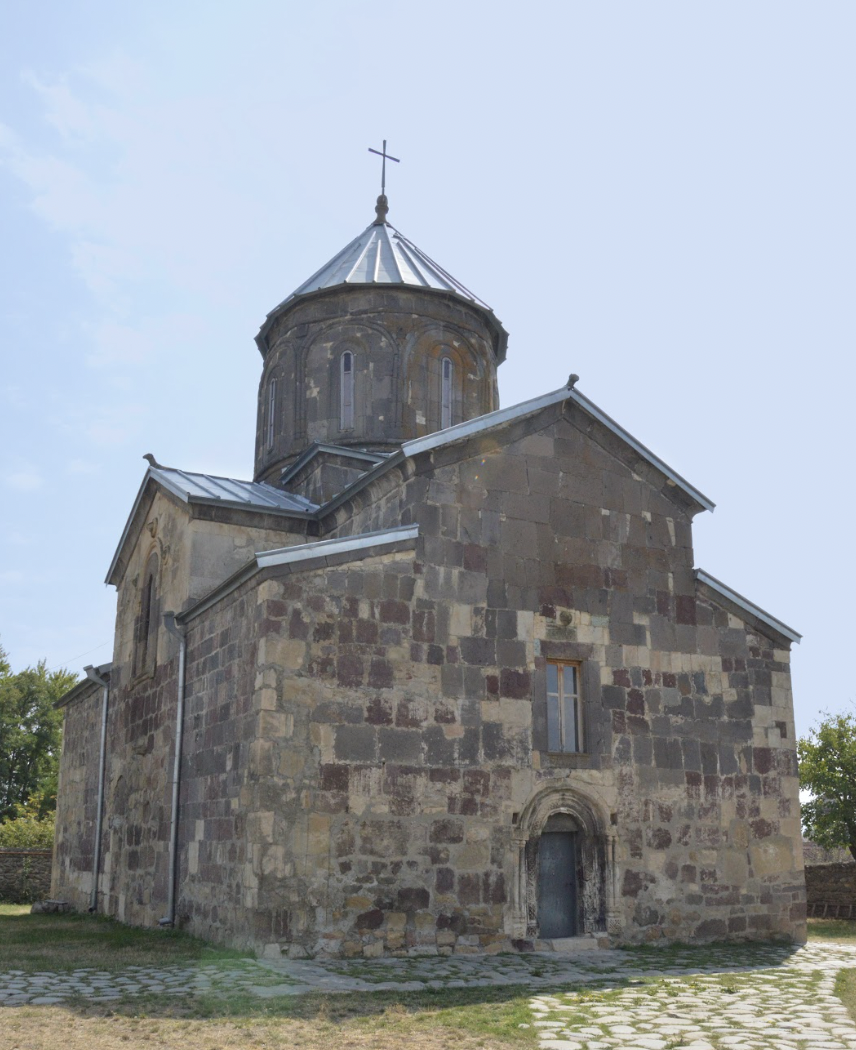
Nikozi Cathedral viewed from the north-west
Nikozi Cathedral of the Savior is located in the center of the present-day village of Zemo Nikozi. Over the centuries, King Vakhtang’s original basilica underwent many works of reconstruction and restoration. Among the few fragments of the initial building that were incorporated into the walls of the cathedral, there can be discerned the decorative arched header of the eastern window, a piece of the cornice on the same façade, and an inscription that mentions Zacharia – the first Bishop of Nikozi.
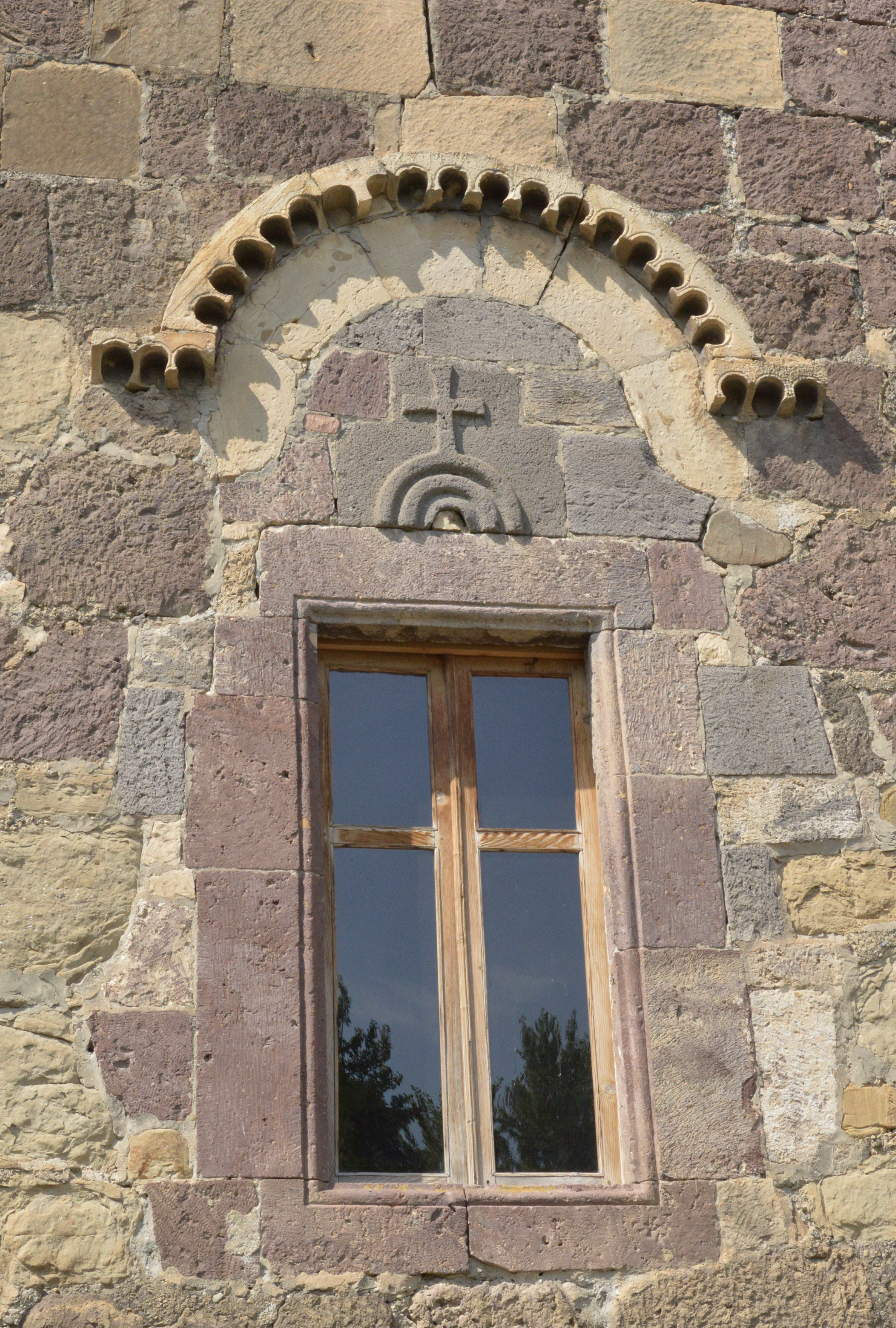
Eastern window of the cathedral
In the tenth century, the cathedral was renovated by Bishop Michael. In the eleventh century, a templon was installed in front of the sanctuary. Later on, the cathedral collapsed, and in the fifteenth century it was restored as a domed building. At present it is an inscribed-cross structure, with the dome resting on four free-standing piers. The irregular masonry and distorted decorative elements provide evidence of the decline of Georgian architecture in the fifteenth century. The cathedral was once again repaired in 1889.
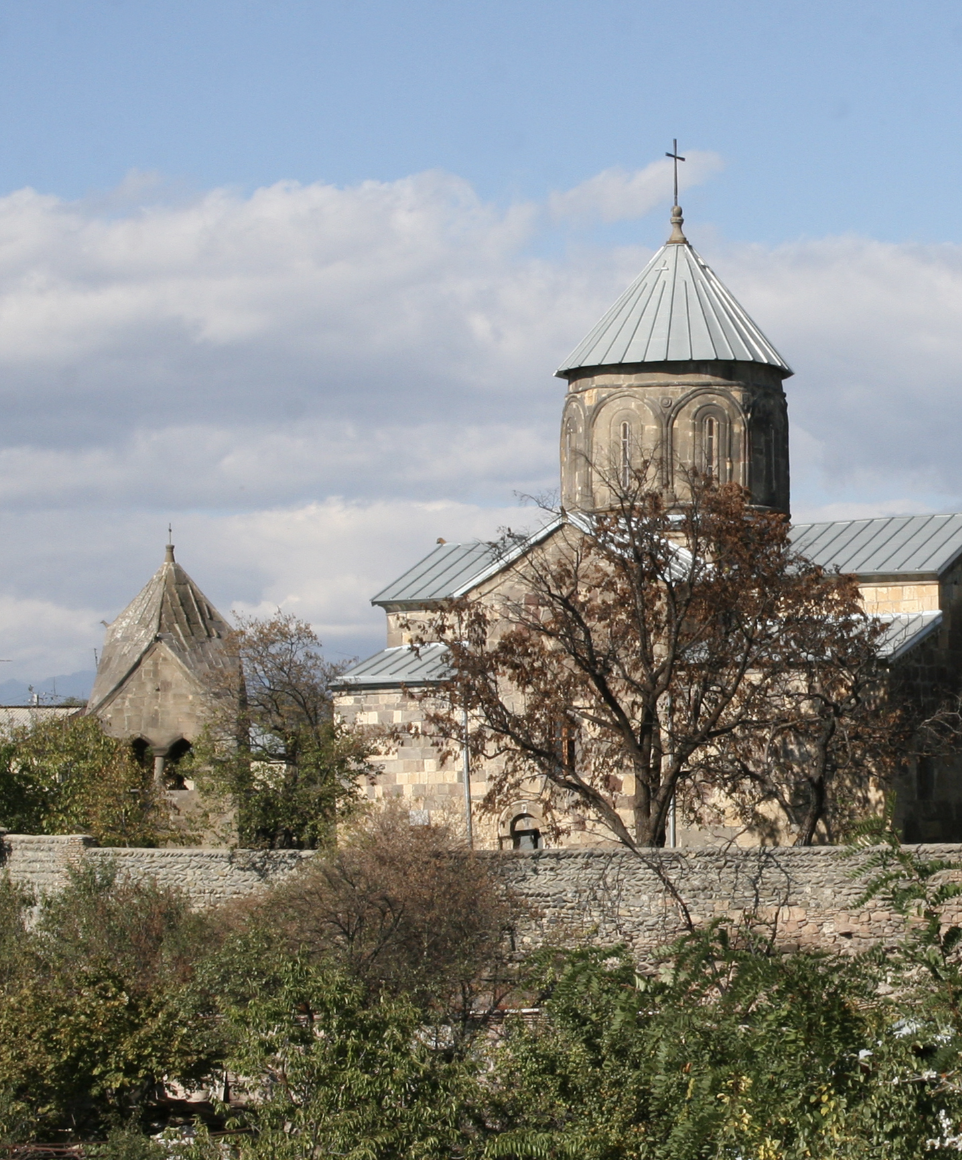
Nikozi Cathedral and bell tower viewed from the south
The bell tower of the cathedral is a sixteenth-century building. Its lower story is completely open, with a wide arched passage that serves as the entrance to the courtyard. The upper story has double pointed arches set in all four walls. Each side of the tower is topped with a triangular gable, and each of the four sides of the roof is accordingly rhomboid in shape.
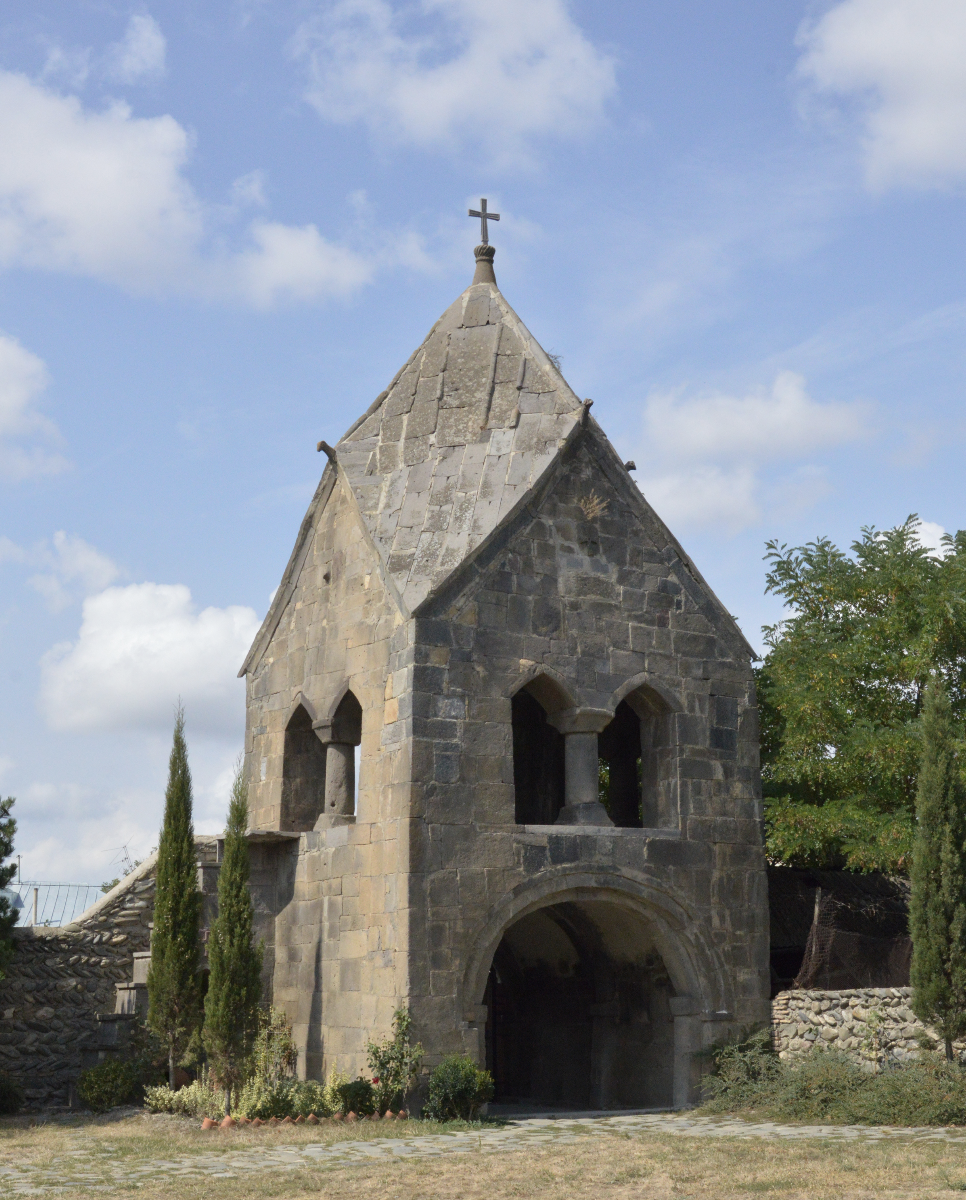
Bell tower
The Bishop’s palace that stands outside the cathedral courtyard is a two-storied rectangular structure built of cobblestone and brick. A hall on the ground floor contains a fireplace and numerous niches. The palace dates from the tenth century.
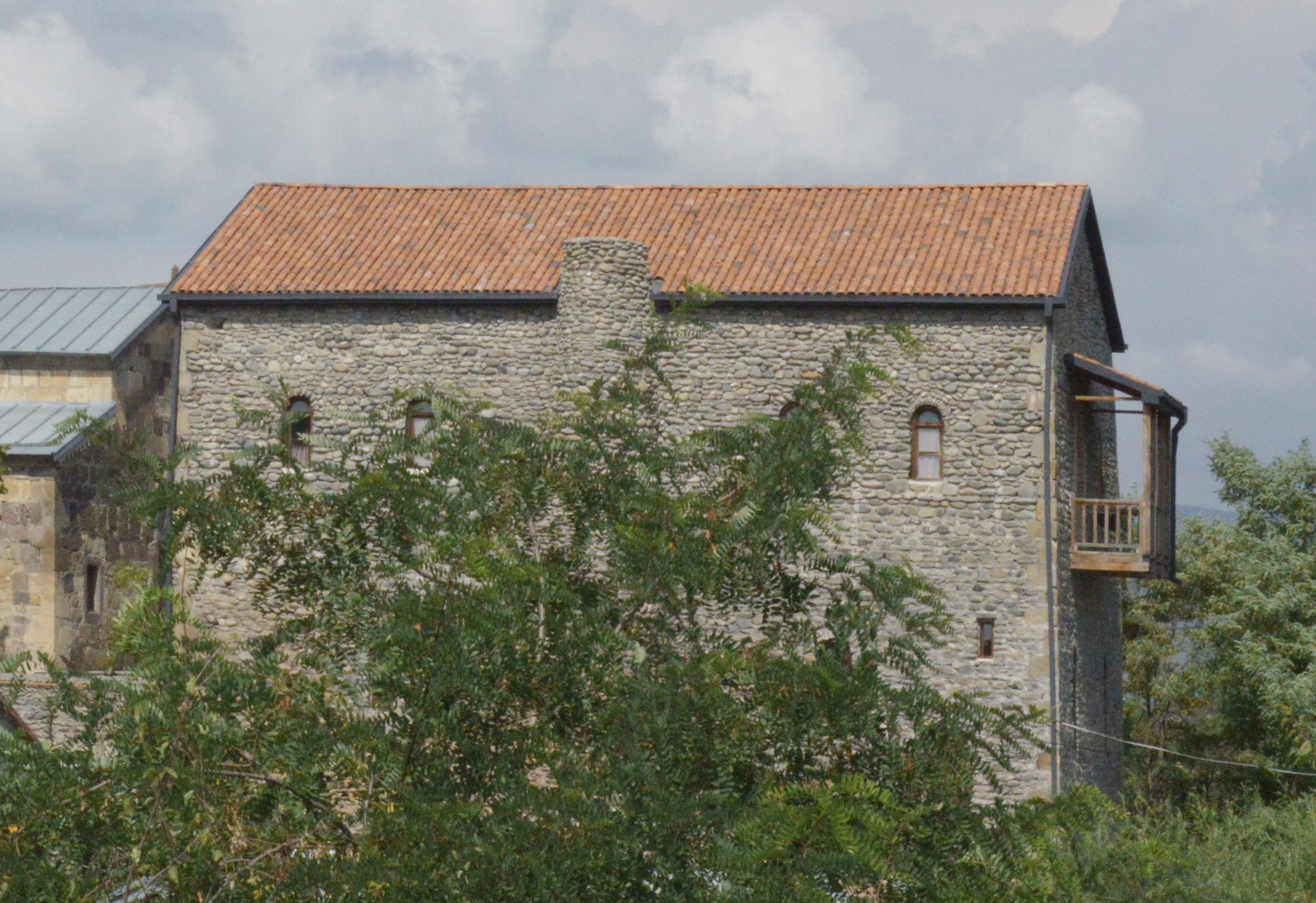
Bishop’s palace
The Church of Archangels was constructed about 100 meters south of the cathedral in the late tenth century. It is a small building with a dome that is supported by the projections of the longitudinal walls. The drum of the dome is decorated with blind arches supported by double colonnettes. Some of the imposts of the blind arches feature miniature sculptural figures of humans and animals.
The architecture of the Church of Archangels reveals quite obvious influence from Tao-Klarjeti (South-Western Georgia), which is evidenced by several structural and decorative elements, such as the fluted squinch-pendentives in the interior, and the ornamental motif of palmettes with concentric ribs adorning the cornice of the dome.